Search
Summary 
Loading AI-generated summary based on World History Encyclopedia articles ...
Search Results

Article
Tacitus' Account of The Battle of Mons Graupius
The Battle of Mons Graupius was fought in 83 CE between the invading forces of Rome, under the general Agricola, and the Picts, the indigenous people of modern-day Scotland, under their leader Calgacus. The only account of the battle is found...

Video
The Roman Invasion of Scotland - Agricola's Campaign 79-84 CE (Battle of Mons Graupius)
The First Roman Invasion of Scotland lead by Gnaeus Julius Agricola. Note that our primary source of his campaign was written by Tacitus, who was Agricola's son-in-law, so a second-hand account, and very bias on at that. Tacitus clearly had...
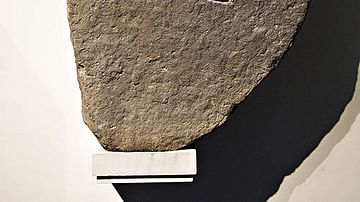
Definition
Picts
The Picts were a people of northern Scotland who are defined as a "confederation of tribal units whose political motivations derived from a need to ally against common enemies" (McHardy, 176). They were not a single tribe, nor necessarily...
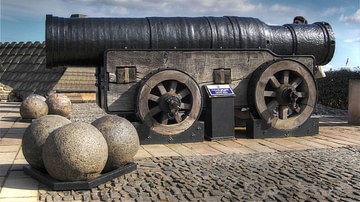
Image
Mons Meg Cannon
The Mons Meg cannon at Edinburgh Castle, an artillery piece built in the mid-15th century CE, possibly for James II of Scotland (r. 1437-1460 CE).
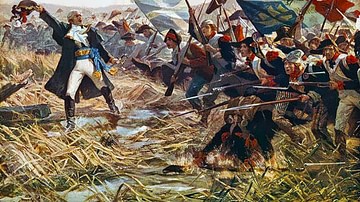
Definition
Battle of Jemappes
The Battle of Jemappes was a decisive battle in the War of the First Coalition (1792-97), part of the French Revolutionary Wars (1792-1802). On 6 November 1792, a French army under General Charles-François Dumouriez defeated an Austrian force...

Video
Neolithic Flint Mines at Spiennes (Mons) (UNESCO/NHK)
The Neolithic flint mines at Spiennes, covering more than 100 ha, are the largest and earliest concentration of ancient mines in Europe. They are also remarkable for the diversity of technological solutions used for extraction and for the...

Definition
Drust I
Drust I (also known as Drest I, Drest son of Irb, and Drest son of Erb) was an early king of the Picts known as "The King of One Hundred Battles" that he seems to have been victorious in. His reign is given as 406-451 CE, 413-451 CE, 424-451...
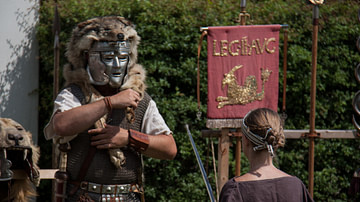
Article
Legions of Britain
After the Roman emperor Claudius (r. 41-54 CE) successfully conquered Britain in 43 CE, four legions were left there to maintain the peace: XIV Gemina, II Augusta, IX Hispana, and XX Valeria Victrix. However, by the end of the decade, XIV...
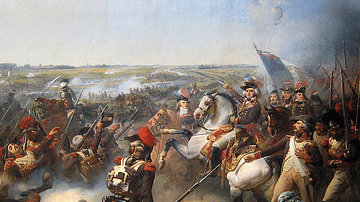
Article
Battle of Fleurus
The Battle of Fleurus (26 June 1794) was the climax of the Flanders Campaign of 1792-95 and was one of the most decisive battles in the War of the First Coalition (1792-1797). A French victory, Fleurus ensured French ascendency for the rest...

Article
Battle of Wattignies
The Battle of Wattignies was a significant battle in the War of the First Coalition, part of the wider French Revolutionary Wars (1792-1802). It was fought on 15-16 October 1793 between a ragtag army of the First French Republic and a professional...